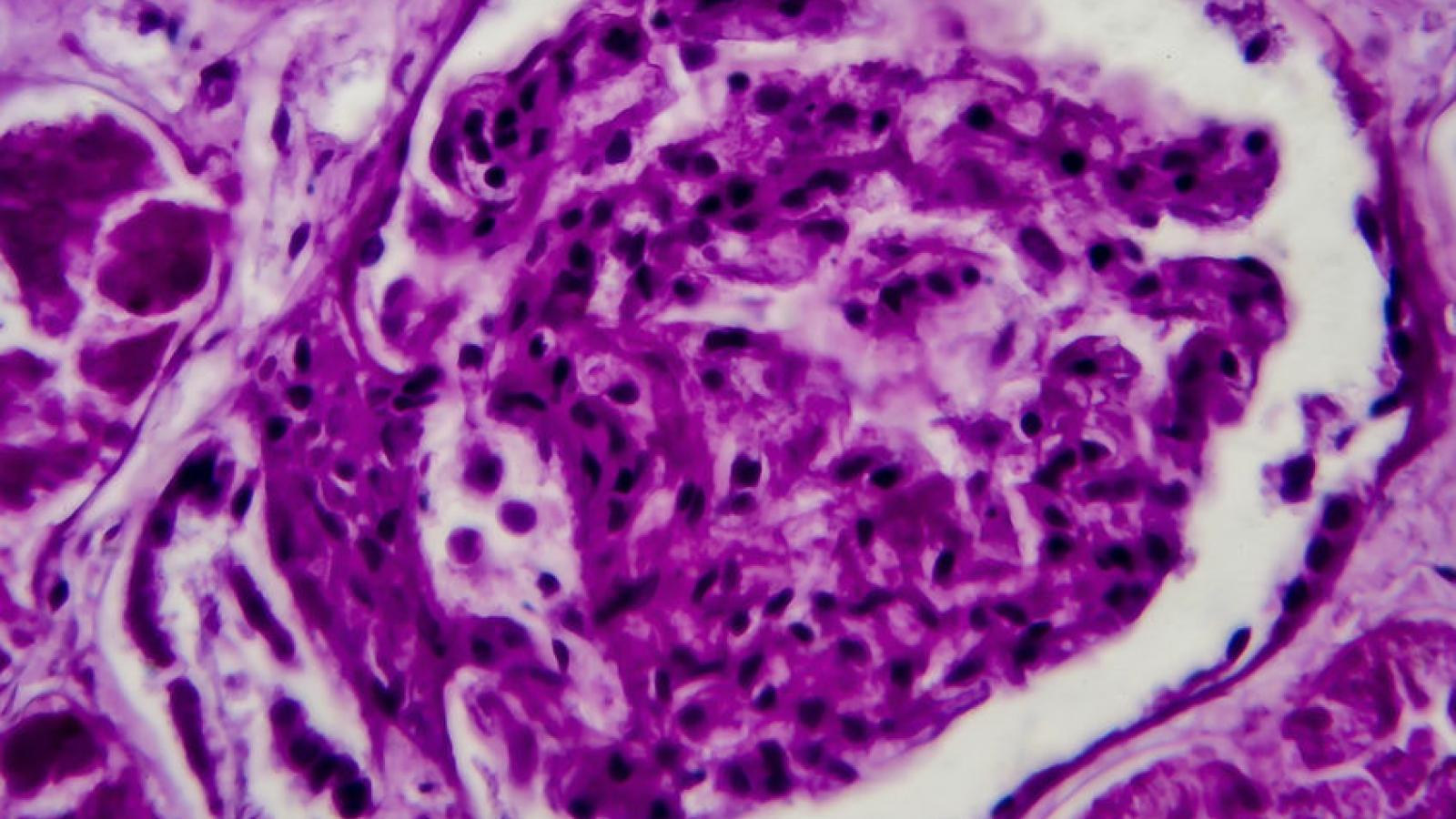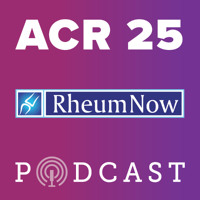Lupus
Following the landmark case series by the Erlangen group, multiple cellular therapies have entered the race—each with unique targets, constructs, and mechanisms. Yet, a fundamental question remains: How deep is the B-cell depletion? In clinical practice, peripheral blood counts often serve as our surrogate for depletion. But these may only tell part of the story.
Prof. Sandra Navarra and colleagues compared the efficacy and safety of tacrolimus and glucocorticoids vs. mycophenolate mofetil (MMF) as a continuous induction-maintenance treatment for class III/IV+V lupus nephritis.
Drs. Jack Cush & Arthur Kavanaugh, two of rheumatology’s most trusted voices, provide a breakdown of the latest breakthroughs and hottest topics in rheumatology from the 2025 ACR Convergence meeting in Chicago.
Tweeting about an ACR presentation or poster is a skill and sometimes art -- one that is mastered by the RheumNow faculty roving the halls and floors for the best new insights at ACR Convergence 2025. Below are several of the best abstracts from Day 3, as chosen by our outstanding faculty.
The ACR Convergence 2025 in Chicago opens with engaging topics curated for the global rheumatologist. As a clinician, I always look forward to sessions that provide updates and practical key points that I can bring home and apply to my practice.
CAR T-cells have been a revolutionary development in rheumatology. We have seen a population of patients with severe refractory autoimmune conditions almost overnight presented with the prospect of not just improvement, but of a cure.
As the population ages globally, rheumatologists are caring for an increasingly older patient population more than ever before. In RA alone, nearly 40 percent of patients are now aged 65 years or older. Yet the evidence guiding our treatment decisions continues to come from studies that rarely include them, giving rise to a fundamental question: do we really know how best to treat older adults with rheumatic diseases?
New research presented at ACR Convergence 2025 highlights how the Rheumatology Informatics System for Effectiveness (RISE) registry—the nation’s largest collection of electronic health record data from rheumatology practices—is driving transformative improvements in quality, safety, and patient outcomes across rheumatic and musculoskeletal diseases.
The GLP-1 story has been hard to miss this year, and at ACR Convergence, it’s clear that these drugs are starting to make real waves in rheumatology. Across multiple abstracts, investigators have used a large real-world dataset, the TriNetX network, to explore how GLP-1 receptor agonists (GLP-1RAs) might influence cardiovascular, renal and immune-mediated outcomes in our patients.
ACR 2025 began today in Chicago with throngs of rheumatologists, fellows, ARP members, APPs and pharma folk taking to the meeting halls and rooms for tons of novel content.
At ACR Convergence 2025, new research explored critical disparities and epidemiologic trends shaping outcomes in autoimmune rheumatic diseases across diverse populations and age groups. Studies presented at the meeting highlighted issues ranging from kidney transplant outcomes in lupus to medication disparities in rheumatoid arthritis and demographic patterns in systemic sclerosis and axial spondyloarthritis.
The pharmacology treatment including biologics, cellular-based therapies, and Bi-specific T-cell Engager (BiTE) in systemic lupus erythematosus (SLE) is a rapidly expanding field of research that provides excitement and optimism to both the patients and the physicians.
At ACR Convergence 2025, the American College of Rheumatology presents new research illuminating critical challenges and advances in pregnancy outcomes for women living with rheumatic diseases, including axial spondyloarthritis, antiphospholipid syndrome, and lupus.
Two pioneering studies presented at ACR Convergence 2025 spotlight the potential of CAR-T cell therapies to transform treatment for systemic lupus erythematosus (SLE) and other autoimmune diseases. These early findings suggest a new frontier in immune modulation and long-term disease remission.
ACR Convergence 2025 will be kicking off with a Plenary Session by Michelle Petri (Abstract 0772: Redefining When to Biopsy the Kidney in Patients with SLE), which is a great place to kick off our coverage of the meeting. As part of a collaboration with the Accelerating Medicines Partnership, Petri and colleagues have given data to what many of us have long suspected: a biopsy threshold of 0.5g/d of proteinuria may be too high.



















 Poster Hall
Poster Hall